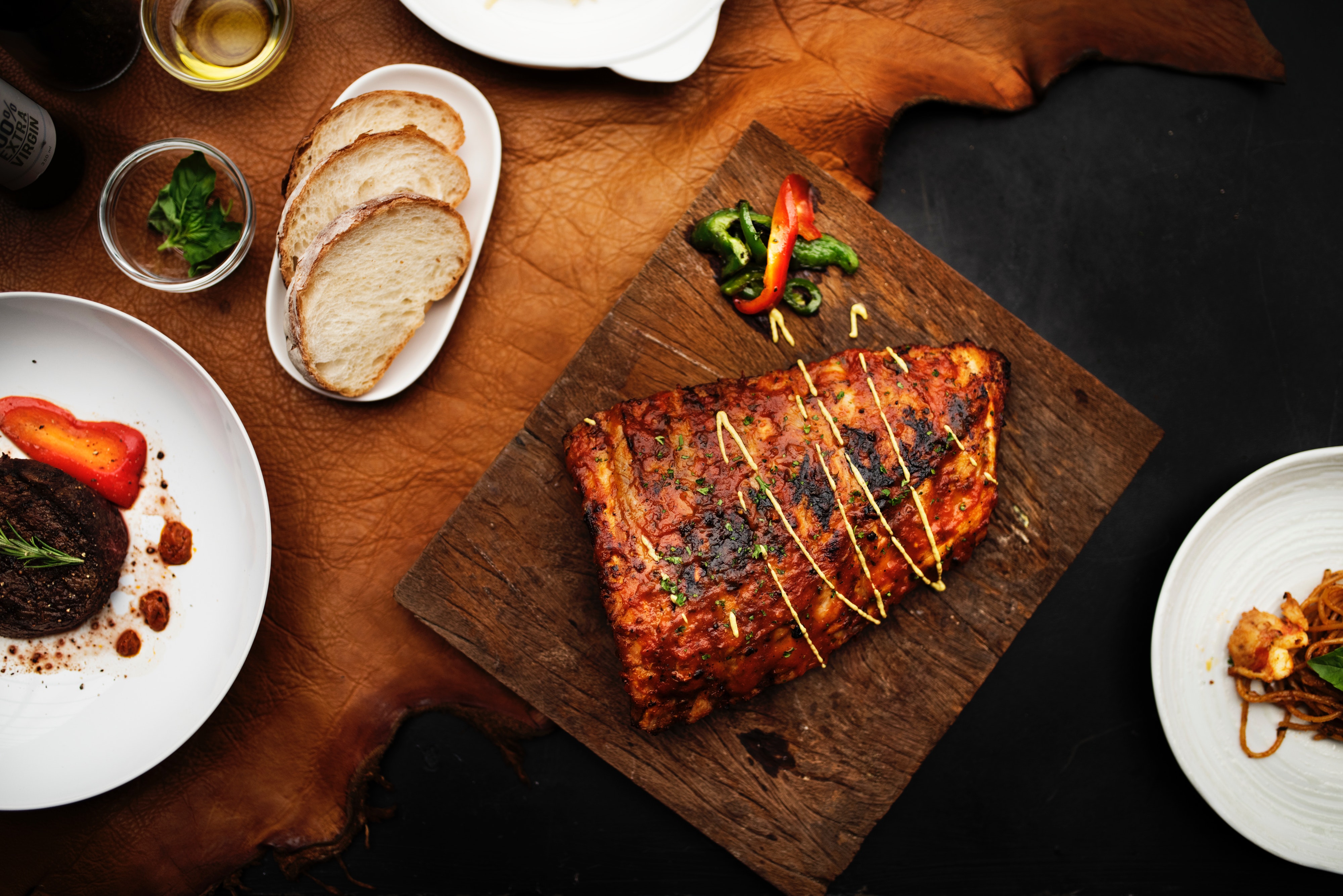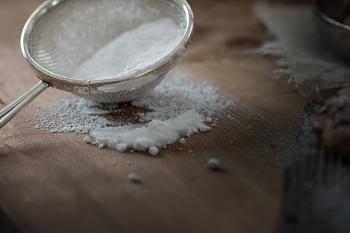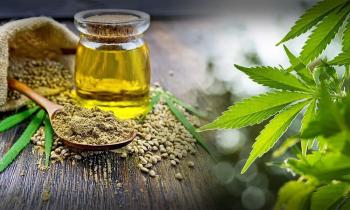Users Who Spiked

SOUS VIDE: COOKING THE CLEVER WAY
Private Notes
Private Notes
Notes
If you have ever cooked meat, then you probably know how difficult it can be to get it just right. To get that perfect cook on the inside—whether a cool-and-juicy rare or a nice, pink medium-well—can take years of experience. But now a growing trend in the culinary arts promises to solve this problem: Sous Vide.
Sous Vide is a cooking trend that’s been growing in popularity for nearly fifty years. A French term meaning “under vacuum,” Sous Vide may as well translate to “laser precision.” The idea is very simple: using a special appliance, a container of water is heated to a precise temperature. The food being cooked is placed into a vacuum-sealed bag (thus the name), and the bag is submerged in the heated water. Then, all you have to do is wait. While this process takes more time than traditional cooking methods, the results are perfect every time!
Each type of food (meat, vegetables, etc.) has a specific temperature and period of time at which it is cooked. The cook on your meats can be changed from rare to well-done with a simple turn of the dial or press of the button. As long as you follow the “recipe,” anything you cook will come out exactly right. And it’s not just meat that benefits from Sous Vide cooking—everything from fruit to cheese to desserts can be cooked up with next to no effort.
If you want to get fancy, Sous Vide has great opportunity for finesse. Bags can be filled with herbs, spices and oils to cook powerful flavors into your food. And because the bag is airtight, the smell and flavor stays right with your dinner. Sauces, stocks and purée are also right at your fingertips with Sous Vide.
Like most things in life, though, Sous Vide is not perfect. It does require a specific appliance, although the price has become very reasonable in recent years. Additionally it requires air-tight bags. While many people use vacuum sealers, a heavy ziplock bag will suffice. Finally, meats cooked Sous Vide often come out looking gray and anemic. To replicate that delicious crispy look and texture, most home chefs either sear the meat in a pan or with a blowtorch.
While Sous Vide is unlikely to replace your stove, it is certainly a fascinating innovation in culinary science. Many home chefs have found it to be a powerful new technique in their arsenal. If you find yourself having problems over- or under-cooking your food (and especially proteins), you might consider investing in a Sous Vide cooker. There is plenty of information on YouTube and the internet in general that can help you get started.





































